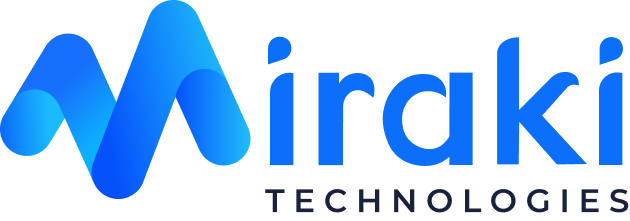Home / Blogs / KIP's
Top KPIS's to measure the success of the workload automation intiatives
It’s critical to comprehend the efficiency of your business automation systems. To make sure that your automation tactics are in line with your overall business goals, this examines the best key performance indicators (KPIs) for managed workload automation services.
Finding out which metrics are most crucial to monitor when implementing automation, such as response times, ticket resolution rates, and cost savings. This blog will assist MSPs (managed service providers) in quantifying the tangible advantages of automation and progressively improving their workflow management solutions.
Automation is not a solution that can be ignored. To measure the effectiveness and return on investment of their automation strategy, companies often rely on workload automation tools for enterprises.
Why Automation Success Is Based on KPIs
KPIs Function in Automation
The measurable metrics known as Key Performance Indicators (KPIs) assist businesses in determining whether their automation projects are producing the desired outcomes. They offer:
Visibility: Monitor development in real time.
Accountability: Verify that all parties involved share the same objectives.
Continuous Improvement: Find bottlenecks and streamline procedures using IT workload orchestration.
Top KPIs to Measure Workload Automation Success
1. Time to Resolve Tickets
What it measures: The average amount of time it takes to fix client tickets after they are sent in.
Why It Matters: Faster resolution times have a direct effect on how happy clients are and how well SLAs are followed.
Important Insights: AI-powered tools for routing and prioritizing tickets can cut resolution time by 20% to 30%. Many of these are supported by automated job scheduling.
Consistent, quick ticket resolution builds trust and helps clients renew their contracts.
Practical Applications:
Track the time it takes for technicians to complete tickets by using platforms like Zendesk or ConnectWise.
To show your clients how responsive you are, Share monthly resolution time improvements with them
2. The First-Contact Resolution (FCRR)
What It Measures: The percentage of tickets that were fixed during the first contact with the client.
Why It Matters: High FCCR lowers the number of tickets, makes customers happier, and cuts the costs of doing business.
Key Insights: A high FCCR (above 70%) means that the initial troubleshooting was done well, and the technicians were well trained. And effective use of workload automation tools for enterprises.
Greater FCCR means fewer escalations, which saves technicians time.
Practical Applications: Use AI-powered chatbots to deal with common problems during the first contact.
Use training programs to help technicians get better at diagnosing problems so they can fix them faster.
3. Time saved per employee
What It Measures: The decrease in the amount of time spent on manual labor following the implementation of automation
Why It Matters: Allows the team to focus on strategic projects, boosting morale and productivity.
Key Insights: Employees who spend less than 20% of their time on the same task are better positioned to focus on client-facing or strategic work.
Practical Applications: Keep track of the amount of time technicians spend on repetitive duties and look areas where more automation might be possible
Use the time you’ve saved for proactive client outreach, system architecture planning, or client consultations.
4. Client Satisfaction story (e.g., CSAT or NPS)
What It Measures: Customer opinions about the performance of your MSP (managed service providers), especially with regard to speed, dependability, and general service quality
Why It Matters: Positive referrals and higher retention rates are the results of higher satisfaction scores.
Key Insights: The advantages of automation are demonstrated by the tendency for satisfaction scores to increase as response times and resolutions improve.
Visible efficiency improvements, like quicker ticket closures or thorough automated reporting, are valued by clients.
Practical Application: After a ticket has been resolved, send an automated satisfaction survey and monitor the results over time.
To determine which automation tools or procedures clients value the most, use satisfaction trends.
5. Cost Saving From Automation
What It Measures: The financial savings achieved by decreasing labor-intensive tasks or improving efficiency.
Why It Matters: Illustrates the profitability of your automation investments
Key Insights: Automating ticket routing and patch management can reduce labor costs by 15% – 20%
Cost savings can reduce initial expenses in automation tools.
Practical Applications: Use financial analysis software or a PSA platform for calculating labor costs pre- and post-automation.
Show cost savings in your marketing to justify automation as part of premium service tiers.
6. Rates of SLA Compliance
What it Measures: The proportion of tickets that are resolved within the time specified in your service level agreements (SLAs)
Why It Matters: One important indicator for keeping customers and lowering attrition is SLA compliance.
Key Insights: Prioritizing tickets using AI can increase SLA compliance rates by 25% to 30%.
You can stand out and get new business by keeping your SLA constant.
Practical Applications: PSA tool’s real-time SLA dashboards can be used to track progress and inform technicians of past-due tickets.
To build accountability and trust, provide clients with quarterly SLA performance.
Steps To Get Started
Identify Key Metrics: Determine the most important measure for tracking success.
Monitor Regularly: Track performance consistently over time.
Create a baseline: Start by collecting initial data to understand your current position
Refine and Improve: Use insights to make adjustments and optimize processes.





 +1-3072858699
+1-3072858699